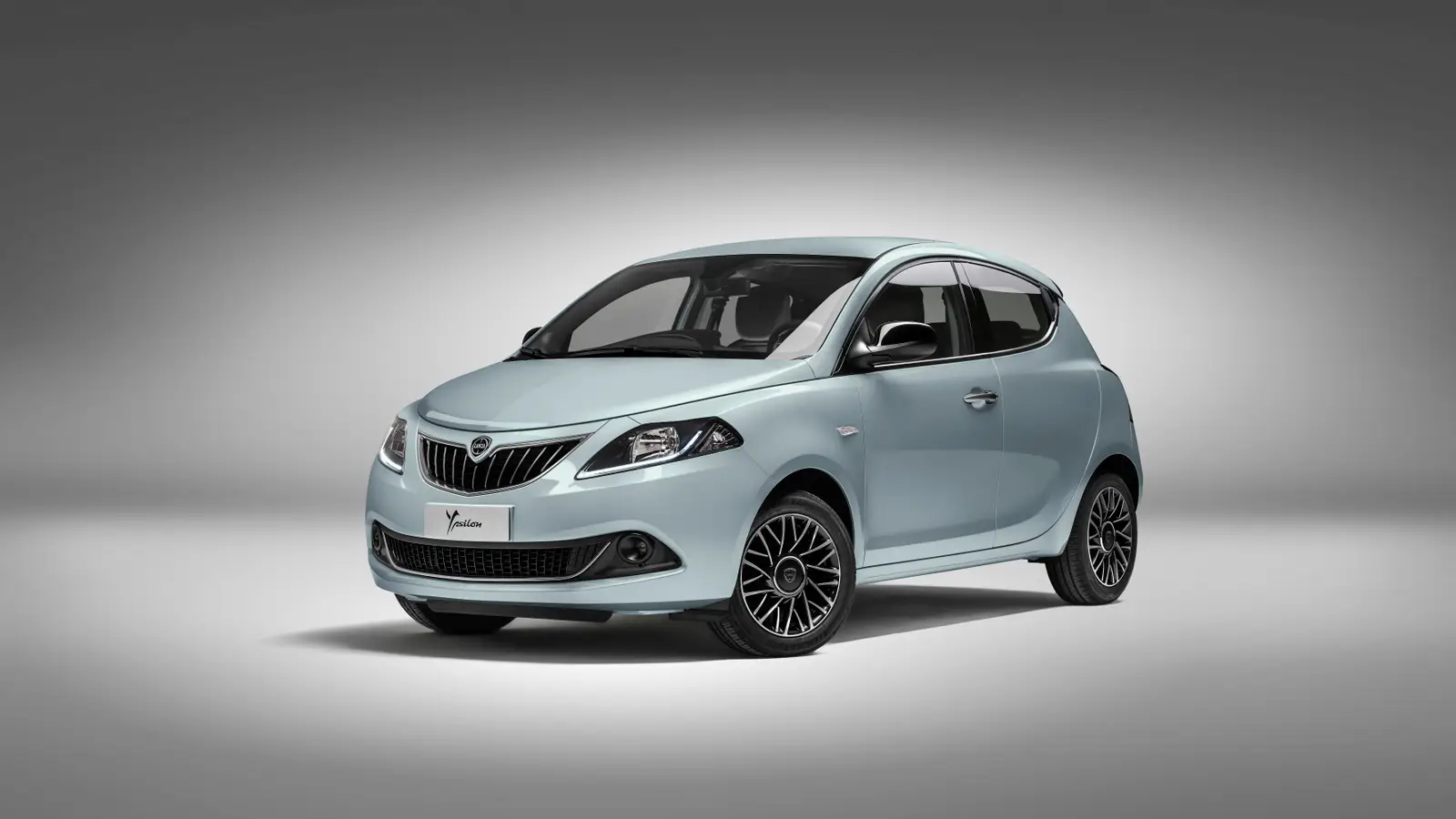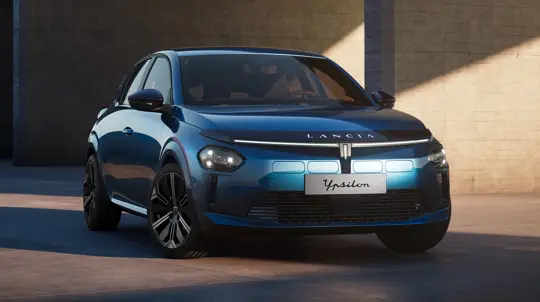This model debuts as the New LANCIA YPSILON EDIZIONE LIMITATA CASSINA,...
2024, Feb 15 02:23

Since its debut in 1995, the Ypsilon has evolved across three generations, cementing its place as Lancia’s flagship model and a beloved choice among Italian drivers. This article delves into the history, evolution, and current status of the Lancia Ypsilon, showcasing its significance in the supermini (B-segment) market.
Origins and First Generation (1995–2003)
The Ypsilon was introduced as a successor to the Lancia Y10, aiming to offer a more spacious and luxurious driving experience. Manufactured at the Melfi plant in the Potenza region, over 870,000 units were produced between 1995 and 2005. The first generation, known as the Lancia Y (Type 840), was a product of Enrico Fumia’s vision and took 24 months and approximately 400 billion Italian lira to develop. Presented in Rome in January 1996, the Lancia Y was notable for its distinctive arches and the use of the Fiat Punto series 176 platform, which provided a refined driving experience through a redesigned trailing arm independent rear suspension.
The interior boasted a soft plastic dashboard, an instrument cluster centrally located on the dashboard, and options for customization with 100 shades from the Lancia Kaleidoscope catalog. Initial models offered three trim levels (LE, LS, and LX) and introduced the FIRE series engines, which were later upgraded to include the SuperFIRE engine, marking the Lancia Y as the first car to receive this advanced engine technology.
Second Generation and Expansion (2003–2011)
The second generation, introduced in 2003, marked a shift towards appealing to a younger audience, with a particular emphasis on female drivers. This generation was initially assembled in the Fiat plant in Melfi and later moved to Sicily at the Termini Imerese Palermo plant. The design was inspired by the historic Lancia Ardea, featuring a three-door body, a large chrome grille, and vertically oriented headlamps. The frame utilized a shortened version of the B platform, and the interior offered a variety of materials and customization options.
Third Generation: A Global Presence with Local Focus (2011-Present)
The third generation, introduced at the Geneva Motor Show in 2011, adopted a five-door body and shared its platform with the Fiat 500, expanding its reach globally while maintaining a strong presence in the Italian market. Despite its international exposure, including being marketed as the Chrysler Ypsilon in the UK, Ireland, and Japan, the Ypsilon eventually retracted to focus primarily on the Italian market, where it remains a popular choice.
As of 2024, the Lancia Ypsilon is the sole model in Lancia’s lineup, reflecting both the challenges and the focused strategy of the brand. The third generation embraced technological advancements and customization options, including the Magic Parking system, bi-xenon headlights, and the UConnect infotainment system. Recent updates have aligned the Ypsilon with Stellantis’s vision of Lancia as a premium car maker, sharing parts with DS Automobiles and Alfa Romeo and incorporating traditional design elements like the grille with vertical strips.
